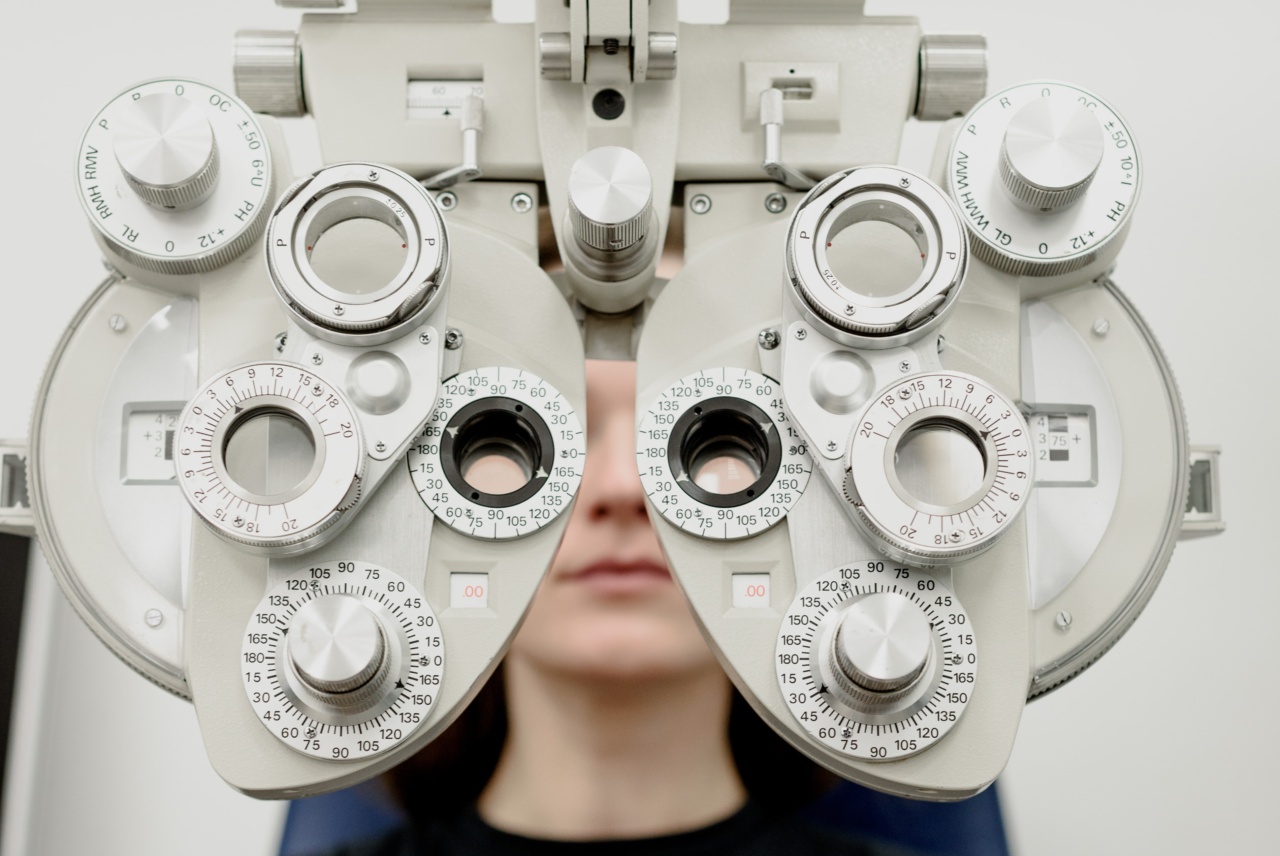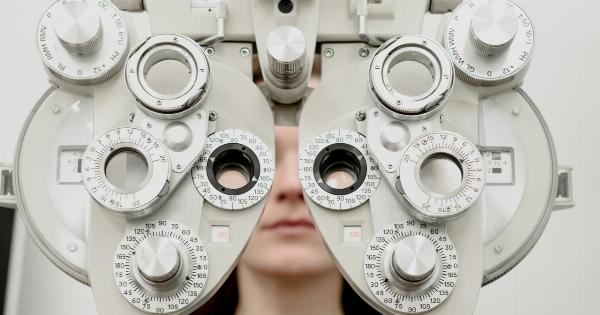Vision is one of the most important senses that humans possess. It allows us to navigate the world and appreciate all the beauty it has to offer.
However, several disorders and diseases can affect the functionality of our eyes, leading to partial or complete vision loss. Thankfully, with advancements in technology, researchers and scientists have made significant progress in devising ways to restore vision. One such promising approach is gene therapy.
What is Gene Therapy?
Gene therapy is a technique that involves manipulating the genes that code for specific proteins that are defective or missing in a person’s body.
The aim is to replace or repair these genes to restore the body’s ability to produce these proteins. Gene therapy is a revolutionary approach that has shown a lot of promise in treating several genetic disorders such as cystic fibrosis and hemophilia.
How Does Gene Therapy Revive Vision?
Several genetic disorders affect vision, and some are inherited from parents. One such disorder is Leber congenital amaurosis (LCA), which causes blindness in children due to mutations in specific genes that code for proteins that facilitate vision.
Gene therapy can help revive vision in LCA patients by replacing those defective genes with corrected ones that produce the necessary proteins. The technique involves injecting a single infusion of gene-carrying viruses into the retina, where the genes integrate into the cells and produce the essential proteins.
This approach has shown promising results in clinical trials, with some patients regaining significant vision to the extent of being able to read.
Other Vision-related Disorders Treated by Gene Therapy
In addition to LCA, gene therapy has shown promise in treating other vision-related disorders such as:.
Retinitis Pigmentosa (RP)
RP is an inherited disorder that causes the breakdown and loss of light-sensitive cells (photoreceptors) in the retina. The disease leads to tunnel vision, difficulty seeing in dim light, and sometimes, complete vision loss.
Gene therapy can target the genes responsible for the production of these photoreceptors and improve the cells’ functionality or replace the cells that have died. Clinical trials for RP gene therapy have shown encouraging results, with some patients reporting an improvement in visual acuity.
Choroideremia
Choroideremia is an X-linked recessive disorder that affects the retina’s degeneration and leads to complete vision loss in men.
The disease occurs due to mutations in the CHM gene, which leads to the buildup of waste products in the retina cells, causing their death. Gene therapy can replace the CHM gene with a corrected version and help slow down the disease progression, improving a patient’s vision.
Clinical trials for choroideremia gene therapy have shown promising results, with some patients showing significant improvement in visual field tests.
Achromatopsia
Achromatopsia is an inherited disorder that affects color vision and leads to low vision, nystagmus (involuntary eye movement), and photophobia (light sensitivity).
The disease occurs due to mutations in several genes that code for the essential proteins in the cone cells of the retina, which facilitate color vision. Gene therapy can target these genes and replace them with corrected versions, thus improving the cone cells’ functionality and restoring color vision in patients.
Clinical trials for achromatopsia gene therapy have shown promising results, with some patients regaining color vision.
Conclusion
Gene therapy is a promising approach for restoring vision in patients with several vision-related genetic disorders.
Although still in the experimental phase, clinical trials have shown encouraging results in reviving vision in patients with LCA, RP, choroideremia, and achromatopsia. As further research is conducted, scientists and researchers become more hopeful for the future of gene therapy for vision restoration.


























